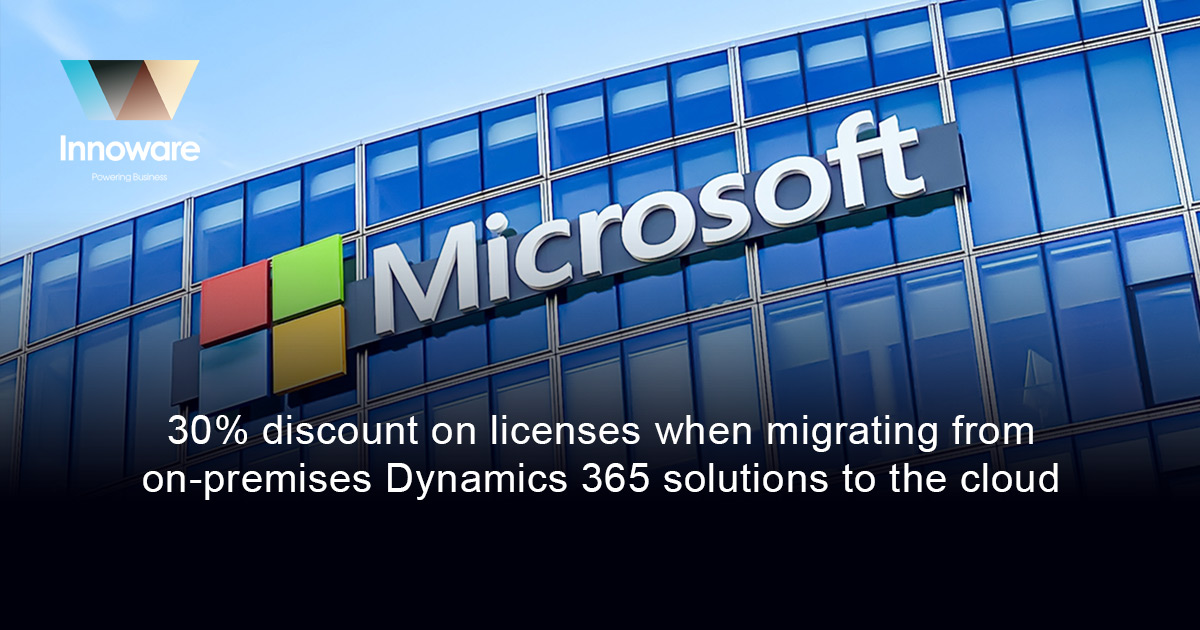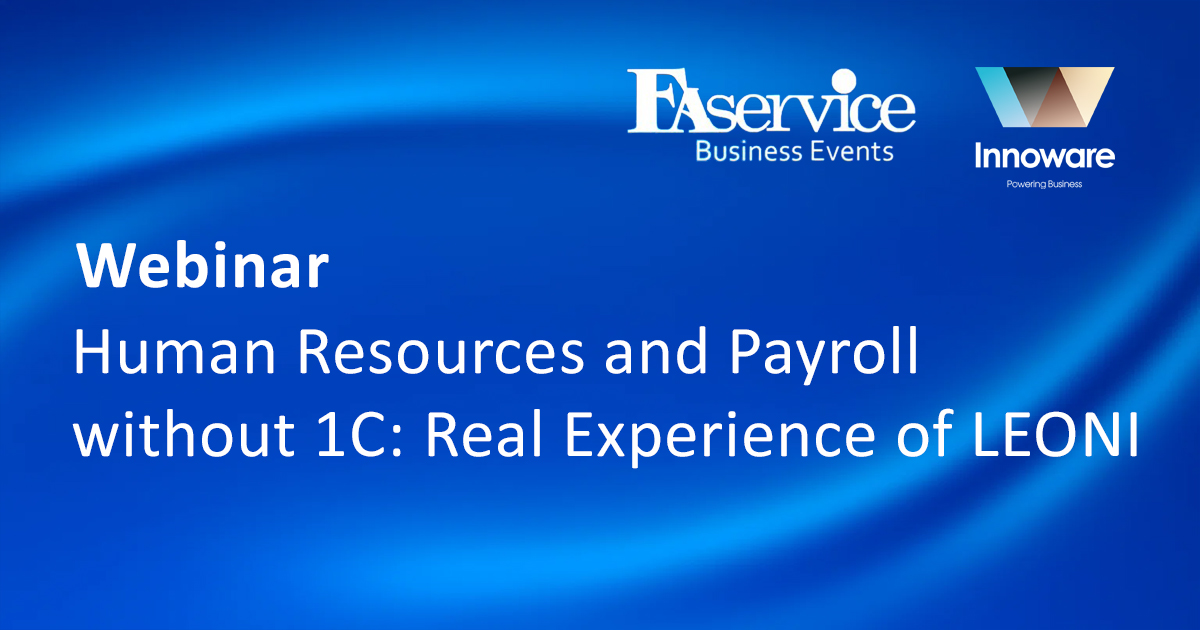
Microsoft Dynamics AX update: when to decide, whether the efforts are justified and how to evaluate it
How often do we think about buying a new phone, tablet, car? In a month, six months, a year after buying your existing one? Are we driven by the fact that the old phone stopped ringing, or the car won’t start? No, we value our time, comfort, we just want more and enthusiastically strive for new opportunities that modern technologies offer us.
This desire extends to all areas of our life and business is not an exception. The ERP system update enables the enterprise to gain access to new opportunities and tools aiding complex management decisions.
In this article, I would like to share my knowledge and experience in MS Dynamics AX (Microsoft Dynamics 365 for Finance and Operations) updating and answer the most popular questions that customers ask us.
- Do I need to buy new licenses when switching to a new version of the system?
- Will it be difficult for the company’s employees to adapt to the new version of the system?
- What happens to the current system settings after upgrading to the latest version of Microsoft Dynamics 365 for Finance and Operations?
- How is the procedure of transferring basic directories and open balances to the new version of the system organized?
- What happens to third-party modifications and industry solutions that your company has made or implemented based on an older version of Microsoft Dynamics AX with an upgrade?
- Can the company refuse from the next update of Dynamics 365 FO and “freeze” the development of the ERP application for an indefinite time?
- How much does a migration of Dynamics AX 2009 and AX 2012 to Dynamics 365 for Finance and Operations project cost?
1) Do I need to buy new licenses when switching to a new version of the system (Microsoft Dynamics 365 for Finance and Operations), or can I use the “old” ones?
The answer to this question depends on the following factors:
- Did the company pay for Enhancement Plan?
- Which version is used: Microsoft Dynamics АХ 2012 R2/R3, 2009 or 4.0?
- Is it cloud or on-premise application planned for the future?
Upon timely payment of the Enhancement Plan, Microsoft offers a free license upgrade to the next version of the system, in case if the current version used by the enterprise is supported by Microsoft.
2) Will it be difficult for the company’s employees to adapt to the new version of the system Microsoft Dynamics 365 for Finance and Operations?
With each next update, MD 365 for FO (Microsoft Dynamics AX) is filled with more and more new tools for effective work, analysis of results, management, and business development. At the same time, a customizable and intuitive interface, as well as built-in contextual search and assistant, allow users to quickly get used to the updated version of the system.Company employees have already acquired the skills to useearlier versions of the ERP solution, since the general principles of organizing and placing forms, magazines and application directories remain unchanged from version to the version which supports an easy migration to the latest version.
3) What happens to the current system settings after upgrading to the latest version of Microsoft Dynamics 365 for Finance and Operations? Do you need additional investments in adjusting or reconfiguring business processes implemented in the current version of the system after the upgrade?
As a rule, the older the ERP solution version is (Microsoft Dynamics AX 4.0, Microsoft Dynamics 2009, Microsoft Dynamics AX 2012, etc.), the larger the technology gap will need to be bridged when upgrading to the latest version. In such situations, it is common practice for the enterprise to redesign its business processes, relying on the new, modern capabilities of the latest version of the system, as well as to introduce new functionality that was not available in previous versions of the system. The implementation of such goals will require additional efforts from the enterprise, which can be solved by attracting either internal resources of the company or professional implementation consultants.
4) How is the procedure of transferring basic directories and open balances to the new version of the system organized?
It all depends on how large-scale the update is going to be. If the company takes “one step forward”, moves to the next version (for example, from Microsoft Dynamics AX 2012 to Microsoft Dynamics 365 for Finance and Operations) and at the same time the organization of business processes remains unchanged, then the data can be transferred automatically using the built-in tools.
If the goal is to jump over several versions (ten years), then, in this case, most likely, it will require additional efforts on the part of the key users of the company, since it is likely that old reference books and procedures will require reorganization, and the transfer of primary information for a long period (10 or more years) may be impractical.
5) What happens to third-party modifications and industry solutions that your company has made or implemented based on an older version of Microsoft Dynamics AX with an upgrade?
Any modification of the standard functionality increases the cost of ownership of an ERP solution, as it carries additional risks, the level of which depends on many factors: the complexity of the modifications; the quality of their implementation; technological features of the system (compliance with Best Practice); qualification of business analysts and developers who designed, developed and tested it, etc.
It is worth noting that Microsoft provides a toolkit that allows you to make preliminary diagnostics of potential conflicts (LCS Code upgrade tool, https://docs.microsoft.com/en-us/dynamics365/fin-ops-core/dev-itpro/migration-upgrade/upgrade-overview-2012), that may arise when updating an application, both at functionality and code level.
Modifications, where conflicts were identified during diagnostics, should be further analyzed in detail, and depending on the complexity of the conflict, either resolve it pointwise at the code level, or make a redesign of the modification or try to replace it with new standard functions of the Microsoft Dynamics 365 for Finance and Operations application (this is the best option).
As for specialized industry solutions, the choice is quite extensive, then there are no universal rules and the conditions for updating them are determined by a specific support agreement signed with the supplier and his plans for the development and release of new versions. If there is no such agreement, it does not matter, usually suppliers of specialized industry solutions try to keep up with Microsoft, and quickly adapt their solutions for the latest versions of the product. So, if needed, an industry solution for the latest version of Microsoft Dynamics 365 for Finance and Operations can almost always be requested from a vendor.
6) Can the company refuse from the next update of Dynamics 365 FO and “freeze” the development of the ERP application for an indefinite time?
In the case of the ground version of Microsoft Dynamics 365 for Finance and Operations (on-premise), the company independently decides when and how to update the system and the period that the application can be used without updating, Microsoft does not limit this in any way. However, it is important to remember that the older the system, the more difficult it will be to administer, since the infrastructure, the environment in which the software product runs will become obsolete and it may be difficult to port to newer versions of operating systems, DBMS, etc. Also, if a particular version of the system is no longer supported by Microsoft, then no fixes are released which will negatively affect security and functionality.
Ownership of the cloud-based version of Microsoft Dynamics 365 for Finance and Operations assumes that there is no way for the company to opt out of the upgrade entirely. You can skip one or two updates, but no more.
Usually Microsoft, through the Office 365 admin panel:
- notifies the administrator in advance about the availability of a new update,
- suggests a possible update date,
- informs about the deadline by which the update must be installed on test and production applications.
The global administrator has the option to change the suggested update date but the new date must be less than or equal to the latest date. At the scheduled date and time, the feature to update the cloud version of Microsoft Dynamics 365 for Finance and Operations application to the latest version will automatically run. Recently, the cloud version of MD 365 for FO has been updated twice a year.
7) How much does a migration of Dynamics AX 2009 and AX 2012 to Dynamics 365 for Finance and Operations project cost?
As I wrote above, the procedure for updating to the latest version of Microsoft Dynamics 365 for Finance and Operations depends on many factors: the current version of the system that the company uses, the existence of modifications and industry solutions, compliance with the Enhancement Plan, etc., each of which must be considered at work evaluation.
If your company is thinking about updating Microsoft Dynamics AX 2012, 2009 and does not know where to start, Innoware can become a reliable partner and draw up a detailed plan for the transition to a new version of the system for the successful implementation of the project.
INNOWARE USA
501 Silverside Rd, Ste 105, # 4995,
Wilmington, Delaware, 19809-1376,
United States
Tel.: +1(302)4672024
E-mail: info@innoware.com
INNOWARE UAE
Premises 407-FZBA 055, 4th Floor, Sheikh Rashid Tower, Dubai World Trade Centre,
Dubai, United Arab Emirates
Tel.: +971588894591
E-mail: info@innoware.ae
INNOWARE UKRAINE
3, Sholudenka St., office 204 (Cubic BC)
Kyiv, Ukraine, 04116
Tel.: +380(44)4902220
E-mail: info@innoware.com



